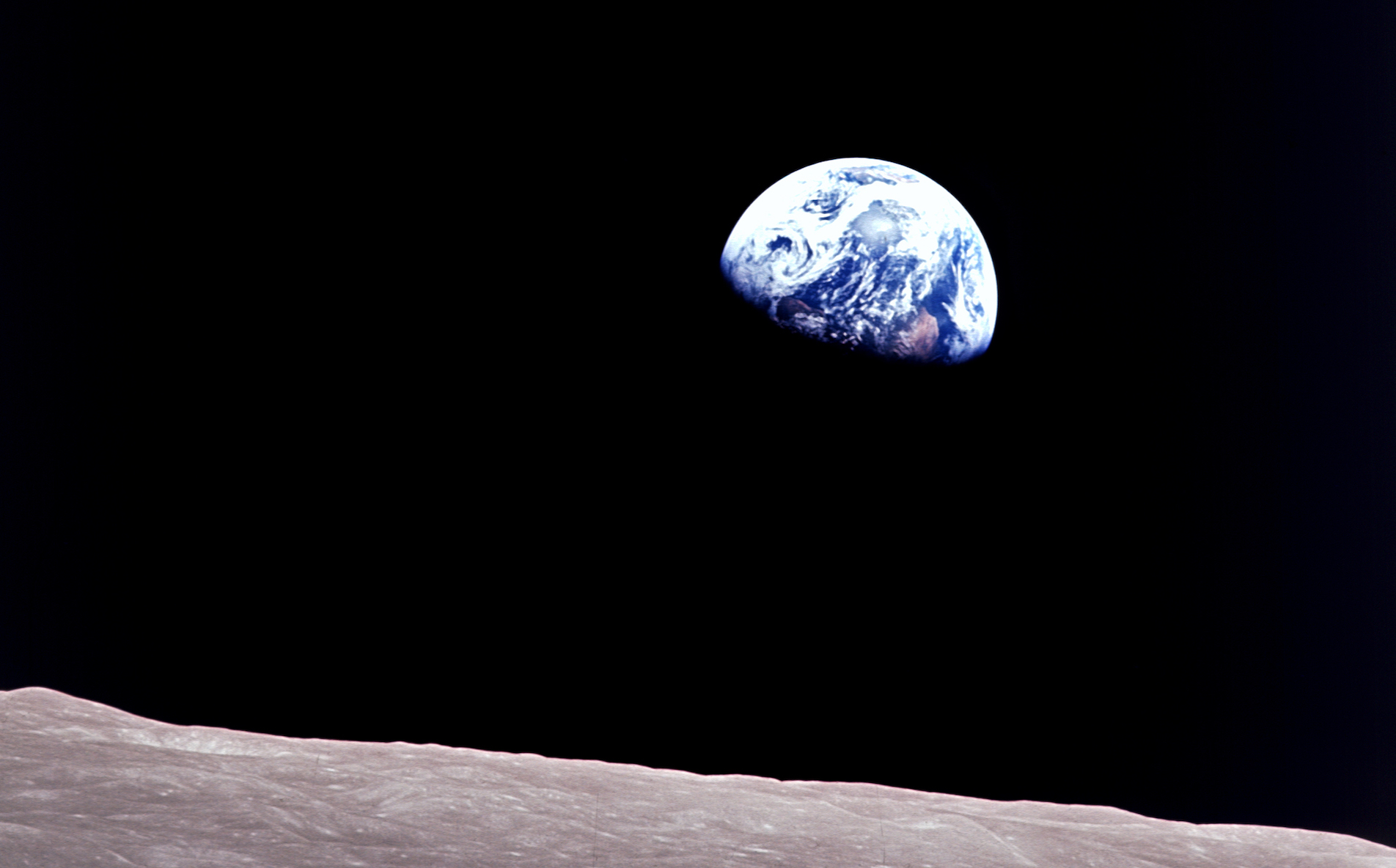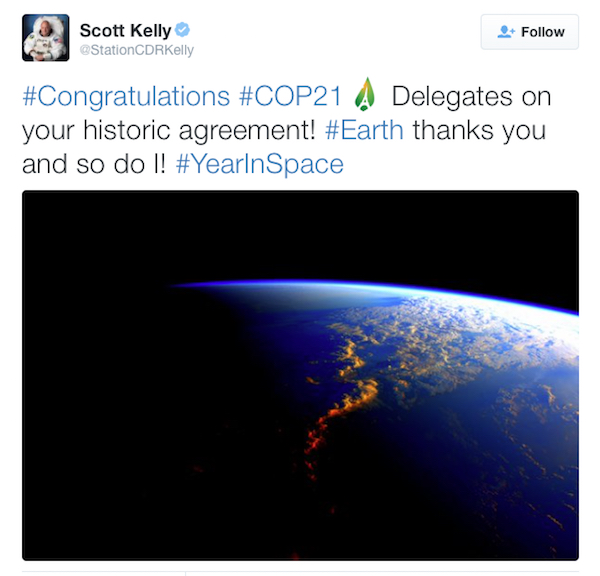
Earthrise, Dec. 24, 1968
By Bill Dawson
Texas Climate News
The breathtaking image of a beautiful blue world, set against the black background of space and the gray, lifeless foreground of the moon, is called Earthrise.
It was taken 50 years ago today – Christmas Eve 1968 – by astronaut Bill Anders as he and two Apollo 8 crew mates orbited the moon, marking the first time humans had made that journey.
Unplanned, in contrast to the crew’s scheduled shots of the lunar surface, Earthrise is one of the most famous photographs ever taken.
For many, it captured a sense of the planet’s preciousness and precariousness and is credited with playing a crucial role in catalyzing the modern environmental movement – and therefore with today’s growing concern about man-made disruption of the planet’s climate system.
Robert Poole, a British historian, wrote in a 2008 book, “Earthrise: How Man First Saw the Earth,” that the iconic photo “marked the tipping point, the moment when the sense of the space age flipped from what it meant for space to what it means for Earth.”
The first Earth Day was celebrated in 1970. On Dec. 7, 1972, another photo of Earth was taken from Apollo 17, the last mission of NASA’s Apollo program, which also became famous and reinforced the new spirit and political force of environmental consciousness.
While Earthrise showed only part of the planet, the 1972 photo captured an almost completely illuminated globe because the sun was behind the astronauts aboard the Apollo spacecraft. Dubbed The Blue Marble, this image became another influential symbol of, and motivator for, the environmental movement.

The Blue Marble, Dec. 7, 1972
Gregory A. Petsko, a biochemist at Weill Cornell Medical College, wrote about The Blue Marble in an essay in 2011:
Our whole planet suddenly, in this image, seemed tiny, vulnerable, and incredibly lonely against the vast blackness of the cosmos. It also seemed whole in a way that no map could illustrate. Regional conflict and petty differences could be dismissed as trivial compared with environmental dangers that threatened all of humanity, traveling together through the void on this fragile-looking marble.
The connection between whole-planet environmental consciousness and U.S. astronauts in space was evident again in December 2015. Commander Scott Kelly, aboard the International Space Station, tweeted a photo of the earth that he had just taken.
With it, Kelly sent a message of congratulations to delegates of nearly 200 nations convened in France.
In the Paris Climate Agreement, the negotiators at the U.N.-sponsored conference called COP21 had just launched a historic effort to turn humanity away from fossil fuels in a bid to avoid the most devastating impacts of pollution-caused climate change.
“Congratulations COP21 delegates on your historic agreement!” Kelly exulted. “Earth thanks you and so do I!”

Earlier this month, participants in a celebration of the Apollo 8 mission at Washington National Cathedral explicitly linked the Earthrise image to the climate awareness that looms large in environmental concerns a half-century later.
Randy Hollerith, dean of the cathedral, reflected on the lasting impact of the moon-orbiting mission and the new perspectives it afforded to humankind:
This amazing mission that I would call a pilgrimage revealed not only the dark side of the moon, but it gave us the most powerful images of our small and fragile world – God’s precious gift, awash in an unimaginably large universe. I think of it as a holy journey not only for what it accomplished, but for what it revealed to us about our place in God’s grand creation.
The presiding bishop of the Episcopal Church, Michael Curry, said the sense of awe inspired by images from the astronauts’ vantage in space can also inspire activism on Earth. He urged those assembled for the Apollo 8 commemoration to help fight climate change.
“Deep in the fabric of this creation,” Curry said, “we are a part of it – not the sum total of it.”
+++++
Bill Dawson is the founding editor of Texas Climate News. He’s old enough to remember being inspired by the Apollo 8 mission when it happened.
Image credits: NASA
